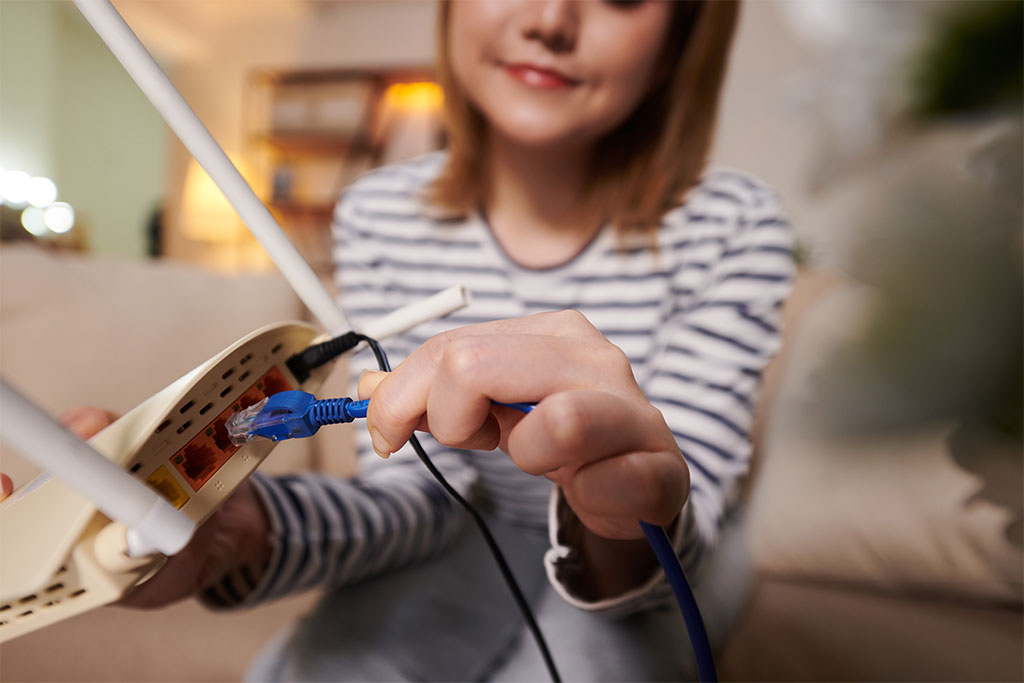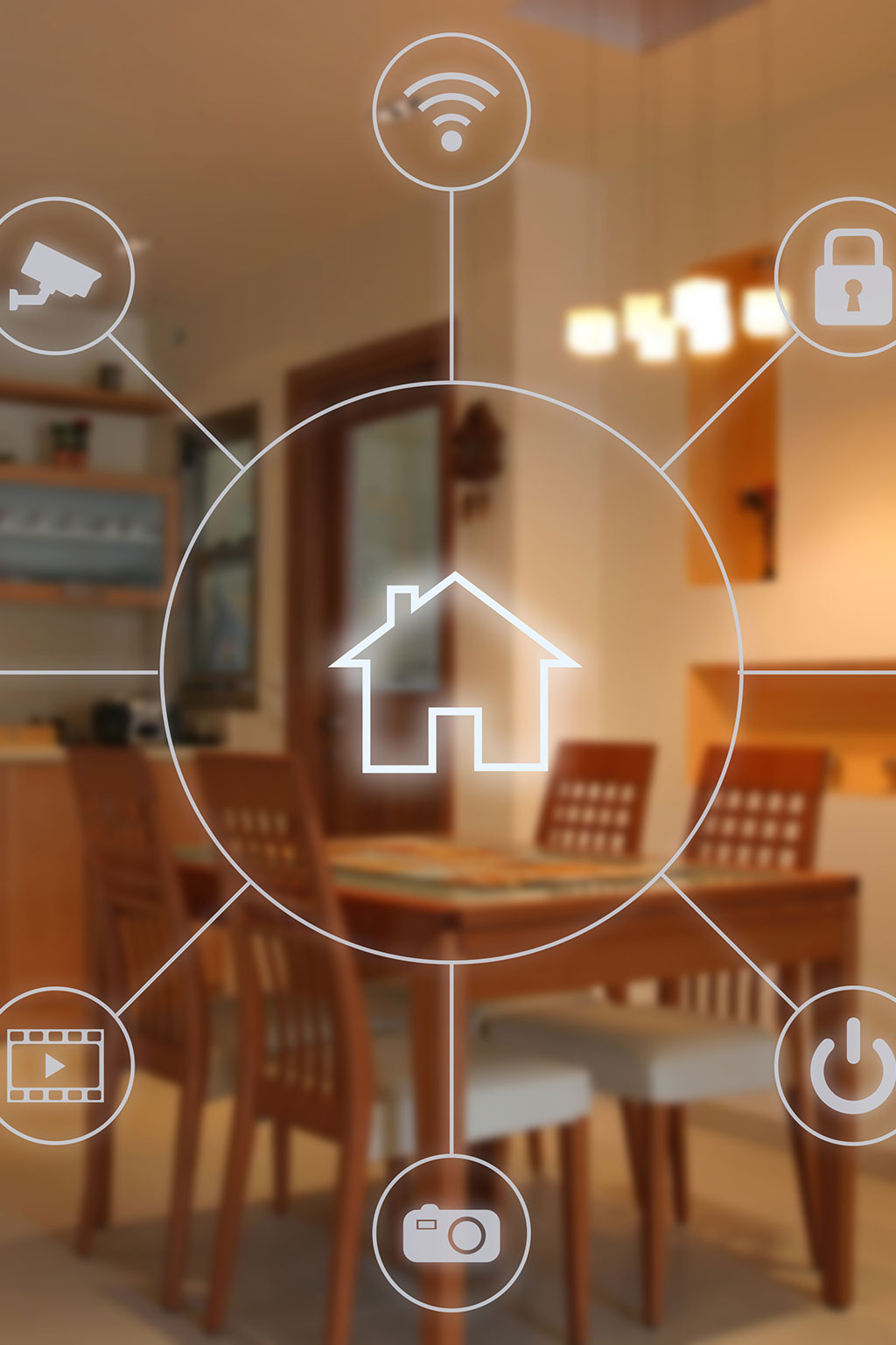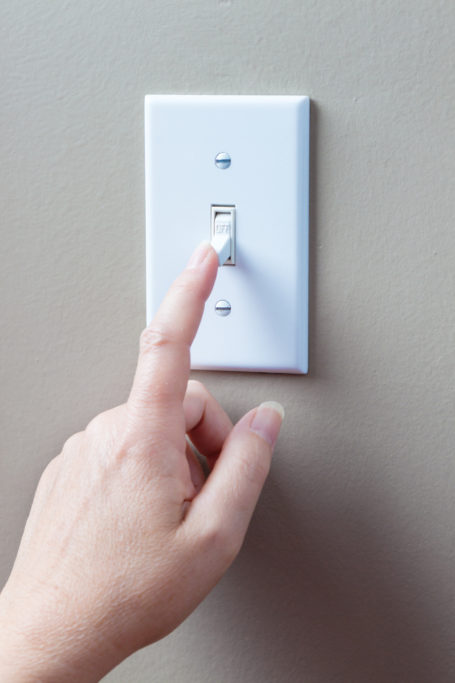Smart Home-Security Solutions
Whether you’re a homeowner or renter, security should be one of your chief priorities.
After all, features for monitoring and securing your environment help not only protect yourself and your loved ones but also safeguard your valued possessions—and they may even slash your insurance premiums.
Thankfully, smart home devices make such protection more advanced and accessible than ever. From sensor lights that stream footage to your phone to doorbell cameras that instantly record activity, you can now put total security control at your fingertips. Then again, setting up such a system can sometimes feel complex, leaving you uncertain of which nifty gadgets to collect and how to install them correctly. Check out this user-friendly guide to help you select quality equipment and piece together a more secure abode.
Set up your Wi-Fi
Smart technology is only intelligent if it has some form of internet access, so you’ll first need to confirm that you have a good Wi-Fi connection. Place your router in a central location of your home (or ask your service provider to relocate it for you) to ensure that your signal can reach all your forthcoming security devices with minimal walls interrupting communication. If necessary, you can invest in Wi-Fi extenders to increase its range.
Once that’s set up, you’ll need to protect your connection—while the internet adds convenience to your system, it also creates another potential point of entry for criminals. The Federal Trade Commission has created step-by-step instructionsfor enhancing Wi-Fi safety, or you can ask your provider to assist you in this effort.

Choose a hub
Although not entirely necessary, you may want to install a smart hub to serve as a nucleus for all your security tech, allowing you to control every item from one device. “A dedicated smart hub can help reduce congestion, offer more stability, and make connected devices more responsive,” writes Simon Hill for tech publication Wired. It will also enable voice commands like “lock all doors” and connect to your smartphone, granting on-the-go access to security data and helping you stay informed.
Some of the most popular options include those from Google Nest, which offer peak compatibility with Android devices, and Amazon Echo, which feature the Alexa smart assistant. Whichever hub you select, be sure to follow its provided installation instructions and plug it directly into your router via an Ethernet cable for an optimal signal.

Select smart accessories
Now that you have the basic framework for an advanced security system, you can begin selecting the ideal devices for securing your home. As you shop, confirm that each product works with your chosen hub, looking for a label such as “Works with Apple HomeKit” or “Google Assistant Compatible.” Here are some of the primary components you’ll want to consider.

Doorbells
A smart piece stationed on your front doorway can sense and record activity, alerting you when someone appears and displaying what they’re up to. Ring’s offerings are well regarded for their motion detection and compatibility with an easy-to-use smartphone app. However, they typically only communicate with Echo hubs, not Google or Apple ones.
Cameras
Installing cameras of any type near your doors and windows may in itself deter criminal activity, and intelligent versions enable you to monitor them from your personal devices. Arlo security cameras can notify you when they sense activity and stream the feed to you in real time, even in the dark.

Lights
Sensor lights can flood your yard, front porch, garage, and other potentially vulnerable areas with bright beams for enhanced visibility. Opt for Ustellar products to easily toggle them on and off via your Google Nest or Echo hub.
Alarm system
This classic essential has achieved more powerful capabilities thanks to options like the Ring Alarm Security Kits, which contain a keypad, multiple sensors, and other threat protection. All then link to the Ring app to offer immediate notifications.
Link them back
After gathering accessories for your smart home system, it’s time to get them communicating. First, be sure that your smartphone, hub, and security devices are all connected to the same Wi-Fi network. To help prevent hackers from gaining access to any of them or your apps, set up multifactor authentication on each when prompted.
Every product should be packaged with detailed instructions for pairing them with your hub or other smart equipment, so follow those closely to ensure a seamless setup. Also consider utilizing your phone or hub’s smart “ecosystem” app, such as Apple Home, which will allow you to link and control devices with a few simple taps.

Go comprehensive
As an alternative to curating a selection of smart devices individually, you could instead invest in a comprehensive home security system, a suite of gadgets that are packaged together for instant compatibility with one another. The tech reviewers at PCMag recommend one from SimpliSafe as an affordable solution or the Abode Iota All-in-One Security Kitfor its straightforward installation. Though the latter isn’t the cheapest option, it requires no monthly fees, unlike some common monitoring services.
To take even more sweat out of your home security, you could hire a support team from a tech store like Best Buy to set up the products for you. (This approach may be ideal for technophobic homeowners or those living with certain limitations that could make independent shopping, installation, and start-up prohibitive.) And once everything’s in place, instant tutorials from a support expert can aid you in navigating relevant apps and utilizing vocal commands to interact with your system so you can always stay plugged in to its alerts.

However you decide to smarten up your home, investing in these solutions can ultimately boost your peace of mind and help protect your abode from crimes like theft and vandalism. For added perks, consider reaching out to a home insurance professional to seek security recommendations based on your zip code—as well as potential discounts on your coverage. With their help, you might even be able to recoup your investments in smart equipment, making these upgrades a no-brainer.


















